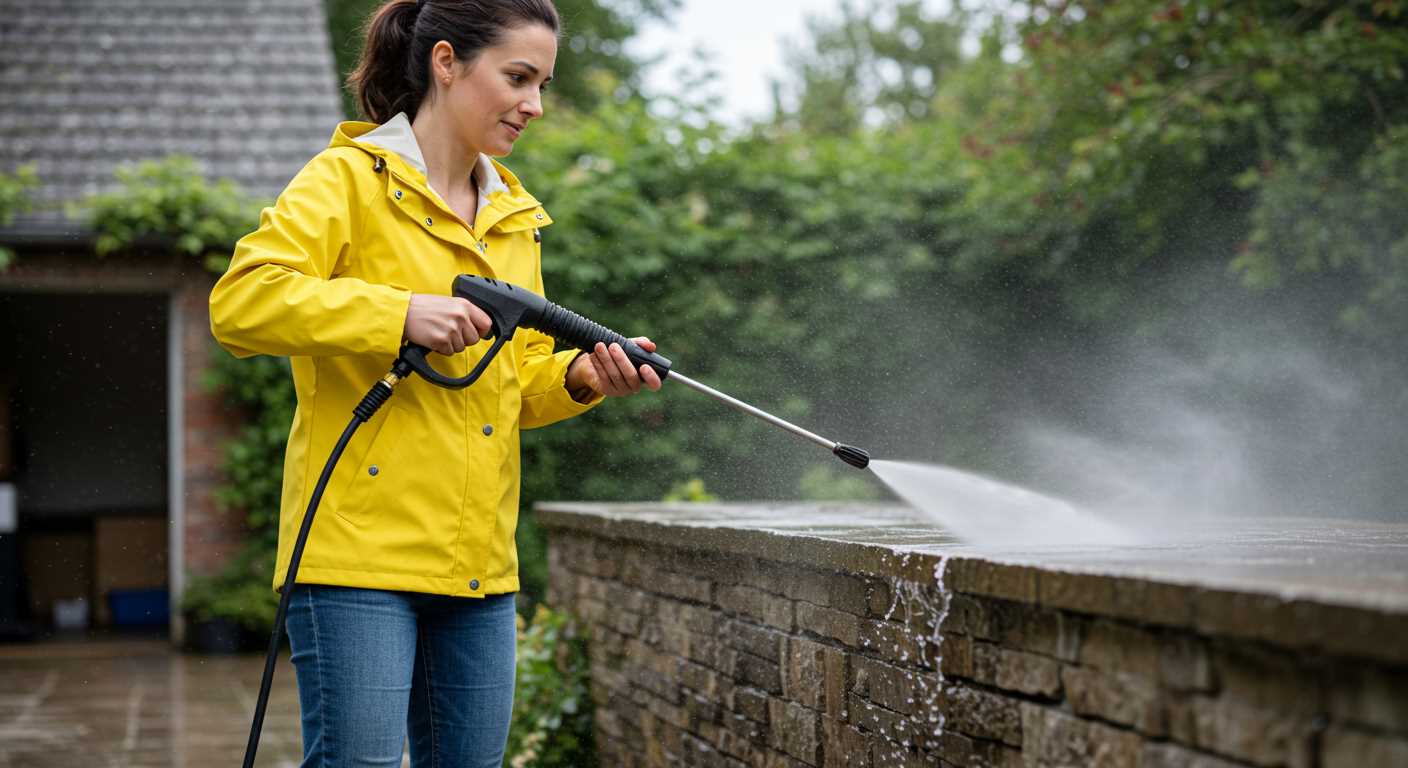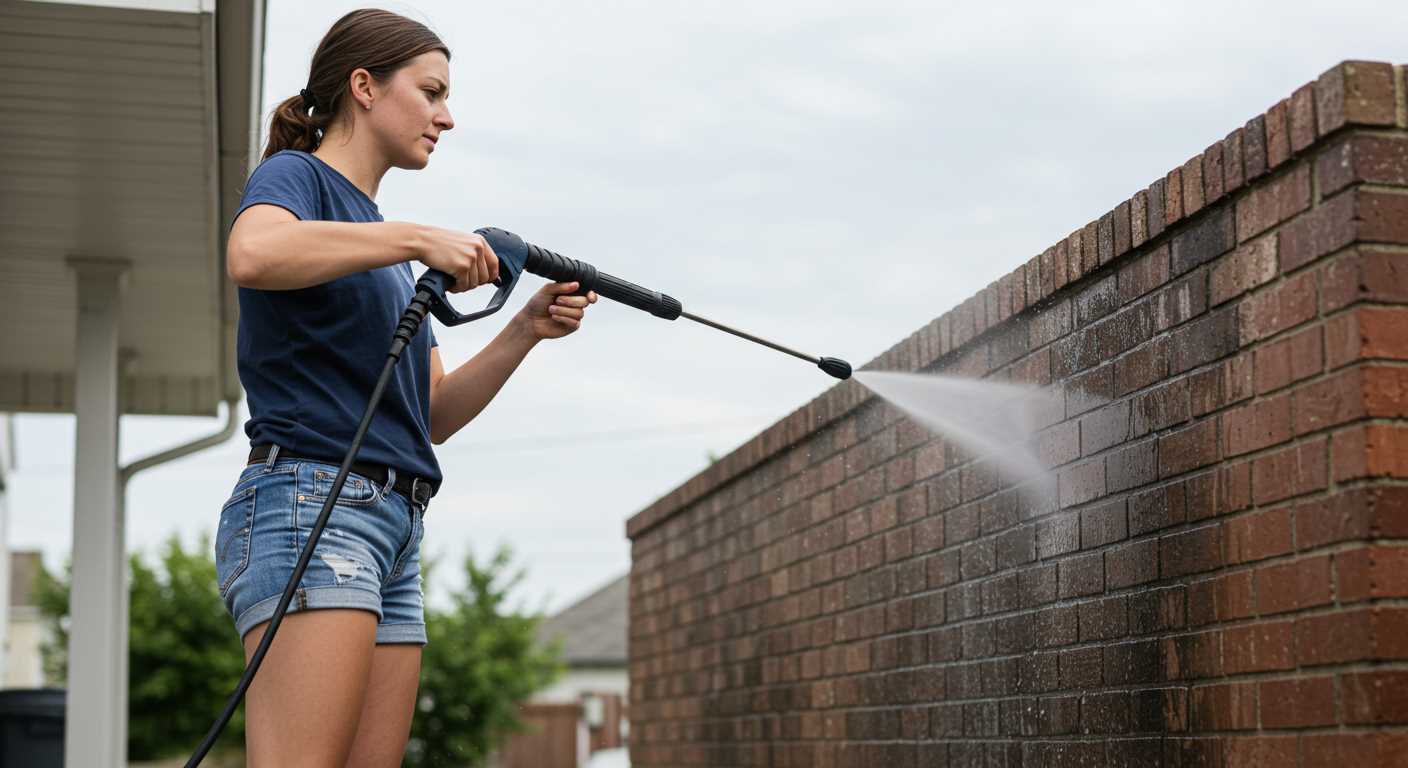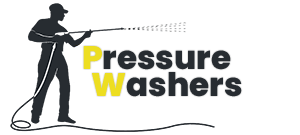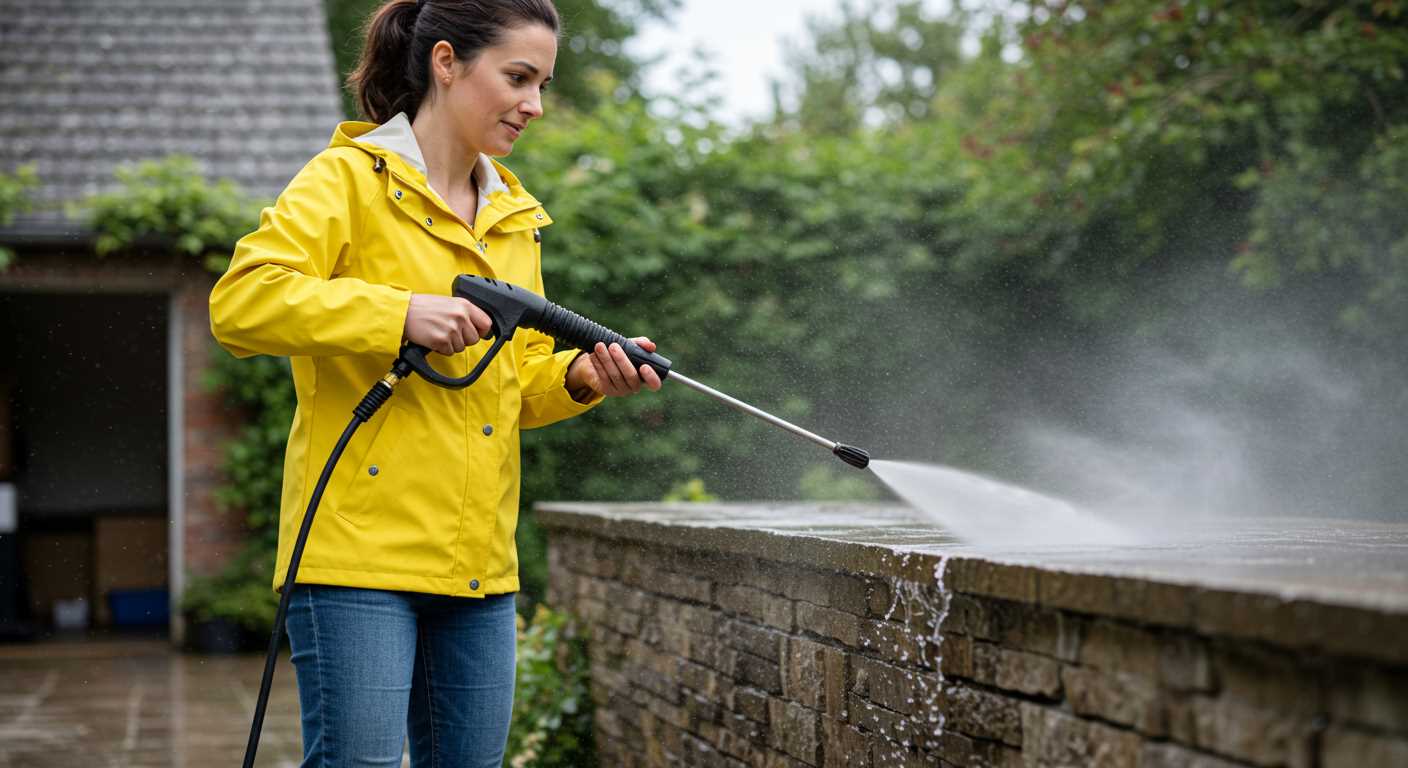




Checking the nozzle first can save you a lot of frustration. A clogged or damaged spray tip often leads to insufficient water flow, resulting in a weak stream. Inspect it closely, and if necessary, replace it or give it a thorough cleaning. I once encountered a model where the owner had been battling low output for weeks, only to find a simple blockage was the culprit.
Next, examine the hoses. Cracks or kinks can significantly hinder water flow. I vividly recall a project where I spent hours trying to troubleshoot a malfunctioning unit, only to discover a pinched hose. Replacing it not only restored function but also improved the overall performance of the machine.
Don’t overlook the water supply. Ensure that the source is adequate and the water inlet filter is clean. I’ve seen several instances where users assumed their equipment was faulty, while the real issue was a blocked inlet. Always verify that the water supply meets the necessary specifications to avoid unnecessary repairs.
Lastly, check the pump. If the unit has been heavily used, wear and tear can lead to internal issues. I remember one instance where an old model I tested required a pump rebuild to restore its former glory. Regular maintenance can prolong the life of your equipment and keep it running at peak performance.
Solutions for Lack of Output
First thing to check is the inlet filter. Debris can clog it, reducing flow. Remove the filter and inspect. Clean or replace it if necessary.
Inspecting Hoses
Examine all hoses for kinks or damage. A pinched hose can significantly decrease flow. Replace any damaged sections. Ensure all connections are tight to prevent air leaks.
Check the Nozzle
Inspect the nozzle for blockages. A blocked nozzle can prevent water from exiting properly. Clean it thoroughly or swap it out for a new one if needed.
- Use a needle or thin wire to clear any obstructions.
- Test different nozzle types for varying spray patterns.
Look at the pump itself. If there are signs of leaking, it may require a seal replacement. Keep an eye on the oil level; low oil can lead to poor performance.
- Remove the pump cover.
- Check the oil level and condition.
- Add oil if necessary, ensuring it meets manufacturer specifications.
Finally, if all else fails, consult the manual for specific troubleshooting or consider reaching out to a professional for assistance.
Check the Water Supply and Hose Connections
Ensure the water source is turned on and supplying adequate flow. A common oversight is neglecting to check the tap or valve, which may have been inadvertently closed. If you’re using a garden hose, verify that it’s not kinked or blocked; even slight bends can significantly reduce water flow.
Inspect Hose Connections
Examine all connections between the water source and the equipment. Look for leaks or loose fittings that might hinder water flow. Re-tightening these connections often resolves issues related to insufficient water supply. If you notice any cracks or damage on the hose, consider replacing it with a sturdy polyurethane pressure washer hose for improved durability.
Examine Filters and Screens
Many machines are equipped with filters or screens to prevent debris from entering the system. A clogged filter can restrict water flow, leading to performance problems. Remove and clean these components regularly to maintain optimal operation. If you find the filter heavily soiled, replacing it might be necessary to restore functionality.
Inspect the Pressure Washer Pump for Damage

Start by examining the pump for visible signs of wear or damage. Look for any cracks, leaks, or corrosion that could affect its performance. A damaged pump can lead to insufficient output, so identifying issues early is critical.
Check for Leaks
Leaks often indicate a more serious problem inside the pump. Inspect the seals and gaskets closely:
- Remove any debris around the pump area.
- Look for wet spots or puddles beneath the unit.
- Pay attention to the connections; loose fittings can also cause leaks.
Assess the Unloader Valve
The unloader valve is essential for maintaining the correct flow and pressure. If it is stuck or damaged, it can lead to a lack of output. Follow these steps:
- Locate the unloader valve, typically found on the pump.
- Ensure it moves freely; if it’s stuck, try to free it gently.
- Check for any signs of wear or damage, and replace if necessary.
Additionally, if you hear unusual noises coming from the pump during operation, this might indicate internal damage. A rattling sound could mean that components are loose or worn out. In such cases, disassembling the pump for a thorough inspection may be necessary.
Finally, consult your user manual for specifications regarding the pump’s capacity and maintenance schedule. Regular checks can prevent major issues and extend the life of your equipment.
Examine the Nozzle for Clogs or Blockages
Begin by inspecting the nozzle closely. A clogged or partially blocked nozzle can significantly reduce the output of water, leading to insufficient force. Remove the nozzle from the lance and check for any debris or buildup. This can be dirt, soap residue, or even mineral deposits from hard water.
Cleaning the Nozzle
If you find any obstruction, use a soft brush or a toothpick to carefully dislodge the particles. For more stubborn blockages, soak the nozzle in a solution of vinegar and water for about 30 minutes to dissolve calcium deposits. After soaking, rinse thoroughly with clean water to ensure all residues are removed.
Testing Different Nozzles
Sometimes, it’s worth testing various nozzles to see if the issue persists across different attachments. Each nozzle offers a different spray pattern and pressure level; if one nozzle is faulty, swapping it for another can help identify the problem. Always ensure that the nozzle is securely attached before testing the machine again.
Test the Pressure Relief Valve Functionality
Start by inspecting the pressure relief valve, a component that plays a critical role in regulating the flow of fluid. If this valve is stuck or malfunctioning, it can lead to a lack of output force. Locate the valve, usually found on the pump housing, and check for any visible signs of wear or damage.
Next, manually activate the valve. This can often be done by pulling the release lever or pressing the valve button, depending on the model. You should hear a hissing sound as air escapes, indicating that the valve is functioning correctly. If you don’t hear anything, it might be stuck closed, which could be the reason for the insufficient force.
Once you’ve done this, look for any leaks around the valve area. A leak might suggest that the valve is not sealing properly, which could also contribute to the loss of output. If you notice any leaks, it’s advisable to replace the valve or any damaged seals associated with it.
After addressing any issues, reconnect everything and test the unit. Proper operation of the relief valve should restore the expected performance. If problems persist, it might be time to consult a professional or consider more extensive repairs.
Evaluate the Engine or Motor Performance
Begin by examining the engine’s functionality. A motor that is not running effectively can lead to inadequate output. Listen for any unusual sounds such as knocking or grinding, which may indicate internal wear. Ensure that the air filter is clean and unobstructed, as a clogged filter can restrict airflow and reduce efficiency.
Check the spark plug for signs of wear or fouling. If it appears dirty or damaged, replace it to enhance ignition and performance. Use a spark plug wrench to ensure a proper fit when reinstalling.
Inspect the fuel system. Stale or contaminated fuel can hinder operation. If the fuel has been sitting for an extended period, consider draining the tank and replacing it with fresh fuel. Also, check the fuel lines for any cracks or blockages that could impede flow.
| Component | What to Check | Signs of Issues |
|---|---|---|
| Engine | Listen for unusual noises | Knocking or grinding sounds |
| Air Filter | Inspect for obstructions | Visible dirt or debris |
| Spark Plug | Check for wear | Dirty or damaged appearance |
| Fuel System | Examine fuel quality | Stale or contaminated fuel |
| Fuel Lines | Inspect for cracks | Leaks or blockages |
If the engine remains unresponsive, consult the user manual for troubleshooting tips specific to your model. You may also find it beneficial to refer to resources like how to clean oven with steam cleaner for maintenance advice that can extend the life of your equipment.


.jpg)

.jpg)


